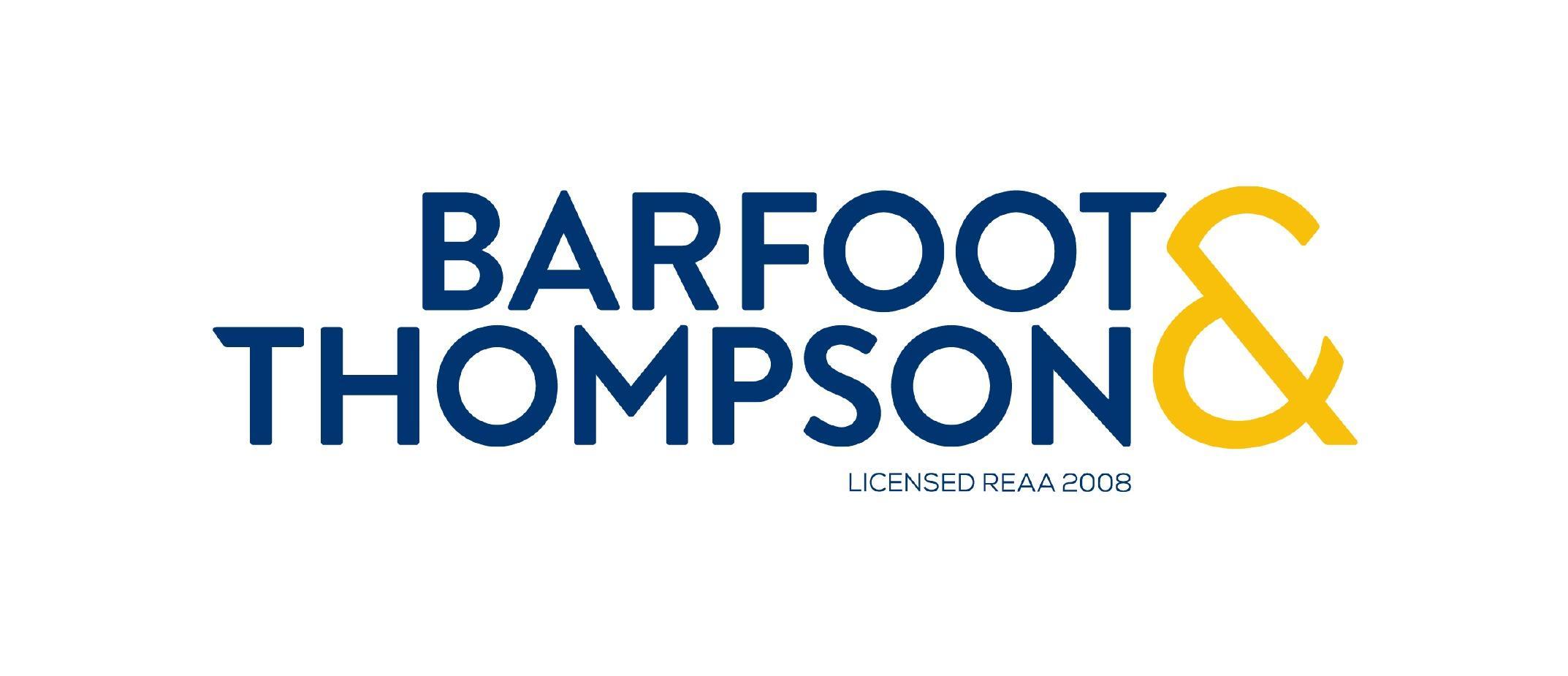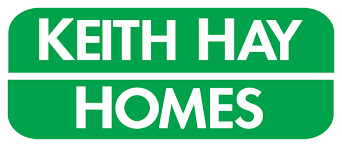The Residential Tenancies Amendment Bill (No 2) received its Royal Assent on 30th July 2019 bringing about significant changes for landlords to pay attention to. One such change concerns careless
damages caused by tenants at rental properties.
Note that this commentary relates only to careless damages caused by tenants at rental properties.
1. Background
Prior to 2016, tenants were liable for the cost of the damage.
Between 2016 and 2019, as a result of a Court of Appeal decision (Holler v Osaki [2016] NZCA 130),
tenants were given the benefit of the landlord’s insurance and absolved of any liability for the cost of the damage.
2. The Amendment
2.1. Capped liability
The RTAA 2019 reverses the effects of Holler somewhat by placing a capped liability onto the tenant for careless damages. From 27th August 2019 onwards
the tenant becomes liable for the cost of the damage up to, the lower of, four weeks’ rent or the landlord’s insurance excess. Tenants on income-related
rents will be liable for, the lower or, four weeks’ market rent or the insurance excess.
A trickle-down effect of this liability is a strict requirement for the landlord to disclose details of any insurance policies on the property.
2.2. Disclosure requirements
From 27th August 2019
- All new tenancies
- must include an insurance disclosure statement stating either
- That the premises are not insured; or
- The amount of policy excess that is relevant to the tenant’s liability for destruction of or damage to the premises as well as a separate
statement advising the tenant that a copy of the insurance policy is available to him on request.
- That the premises are not insured; or
- must include an insurance disclosure statement stating either
- All existing tenancies
- must be advised that a copy of the insurance policy is available to the tenant on request.
If, during the tenancy, the insurance policies changes in any way that is material to the tenant’s liability for damage, the landlord must disclose that
change to the tenant.
2.3. Unlawful acts and penalties
- Failure to furnish the insurance policy within a reasonable time once the tenant has made the request for it attracts a penalty of up to $500.
- Failure to advise the tenant of any material change to the insurance policy within a reasonable time attracts a penalty of up to $500.
- Requiring or accepting the tenant to pay for the damage or carry out work to make good of the damage that is in excess of the capped liability.
- Contract out of the capped liability by proposing to or entering into tenancy agreements that require the tenant to pay for the damage or carry out
work to make good of the damage that is in excess of the capped liability.
3. Our thoughts
This isn’t a tidy fix. Our preference is to have Holler completely unwound so that tenants are entirely liable for damages and for landlords to
continue to be responsible for fair wear and tear.
We are also troubled by the inherent lack of fairness this capped liability represents. Damages and rents are awkward bed partners. To calculate the liability
for damage based on the weekly rent makes little sense. Carpets cost roughly the same whether they are in a $400 a week one-bedroom or $1000 a week
two-level townhouse. Why should a tenant of the townhouse be over 2 times more liable than the tenant of the one-bedroom for putting a burn hole through
his carpets? Additionally, insurance policies are incident-based. With the definition of ‘an incident’ not being standardised across the board, how
can landlords, tenants and the Tribunal determine what is one incident?
Still, this is where we are at (and it took two years to get here). Some reprieve from the harness of Holler is not to be scoffed at. We will
continue to support the NZPIF’s efforts to push for a fairer outcome for landlords.
4. Our recommendations for landlords
- Tidy up your tenancy agreement template to include the required statements above.
- Review existing insurance policies to check that wordings relating to excess and the tenant’s liability for destruction and damages are clear and instructive.
If not, ask your insurer to clarify in writing.
- Make copies (with sensitive details redacted) of the insurance policy for your tenant and distribute by 27th August.
- Increase the insurance excess to be roughly 4 weeks rent if possible.
- Inform all existing tenants of the capped liability and recommend that they have content insurance in place to protect themselves (note that you cannot
require your tenant to have insurance).
- Make (more) regular property inspections to log damages as soon as they occur to increase the chances of recovering the cost for repair.
5. Additional resources
- Tenancy Services summary;
- APIA Facebook Live session on the RTAA 2019 – Part 1 and Part 2;
- REINZ recommendations;
- APIA Facebook Live session with Rene Swindley from Initio Insurance to discuss glaring conflicts and inherent issues streaming between 12.15pm to 1
pm Wednesday 21st August here.














Add Comment